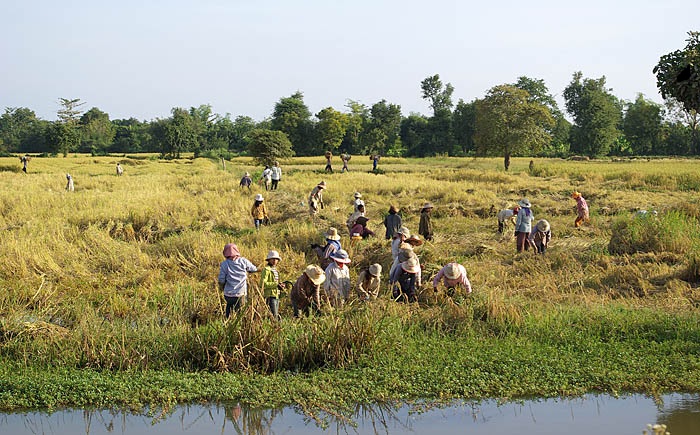The big black-and-white photos on the walls of the tightly packed Fire Hall Museum show off Crowell and Foard County back in the 1950s and ’60s when sharp-finned cars filled the angled parking spaces around the county square and crowds jammed the local movie house.
But even then Foard and dozens of other rural Texas counties were slipping — their populations dropping by 10, 20, even 30 percent in each census, a trend that never really changed.
Each year, when the U.S. Census Bureau releases the latest population estimates, attention turns to the surging growth along the Texas Triangle — shaped by the three interstate highways connecting the state’s biggest cities.
But there’s barely a mention of this other Texas, more than 100 counties in the east and the Panhandle, scattered across the Plains and the emptiness of the west. And this is the iconic Texas people imagine when they hear the name, where horses and cowboys are part of the landscape and the open expanses stretch off to the horizon.
Loving County, the smallest Texas county and currently the smallest in the U.S., gets a bit of attention because its population is so amazingly tiny — 82 residents in the 2010 census. In Loving County, if one large family moves, the population can drop by 10 percent.
Loving is Texas’ only double-digit county in terms of population, but eight have fewer than 1,000 people and 14, including Foard County, have fewer than 1,500. King County, Foard’s neighbor to the southwest, counts 262 residents, the second-smallest in the state and the third smallest in the U.S.
Foard, with 1,275 people scattered over 703 square miles, ranks as Texas’ 10th smallest.
Almost all have seen decades of decline due to fundamental changes in the way people live and work. Economies of scale became the norm. And the old ways of life — scratching out a living on the family farm, mostly — eventually proved too difficult to sustain the population.
They exist far from the interstates, far from the job centers, far from the booming suburbs in Collin and Denton counties or the stretch of I-35 between Austin and San Antonio. People don’t move to Foard County to find a good-paying job.
Instead, they live beneath a sky so filled with stars they seem uncountable. They know their neighbors. Their kids can be good friends with everyone in their class and maybe everyone in their school. And they remain what most of Texas once was.





